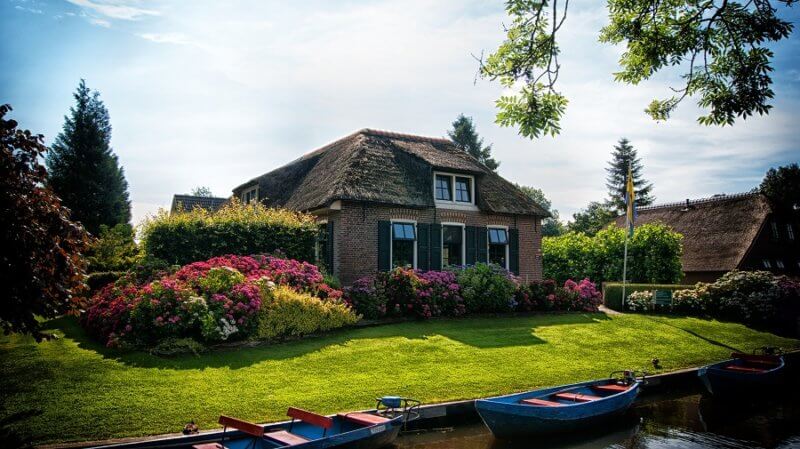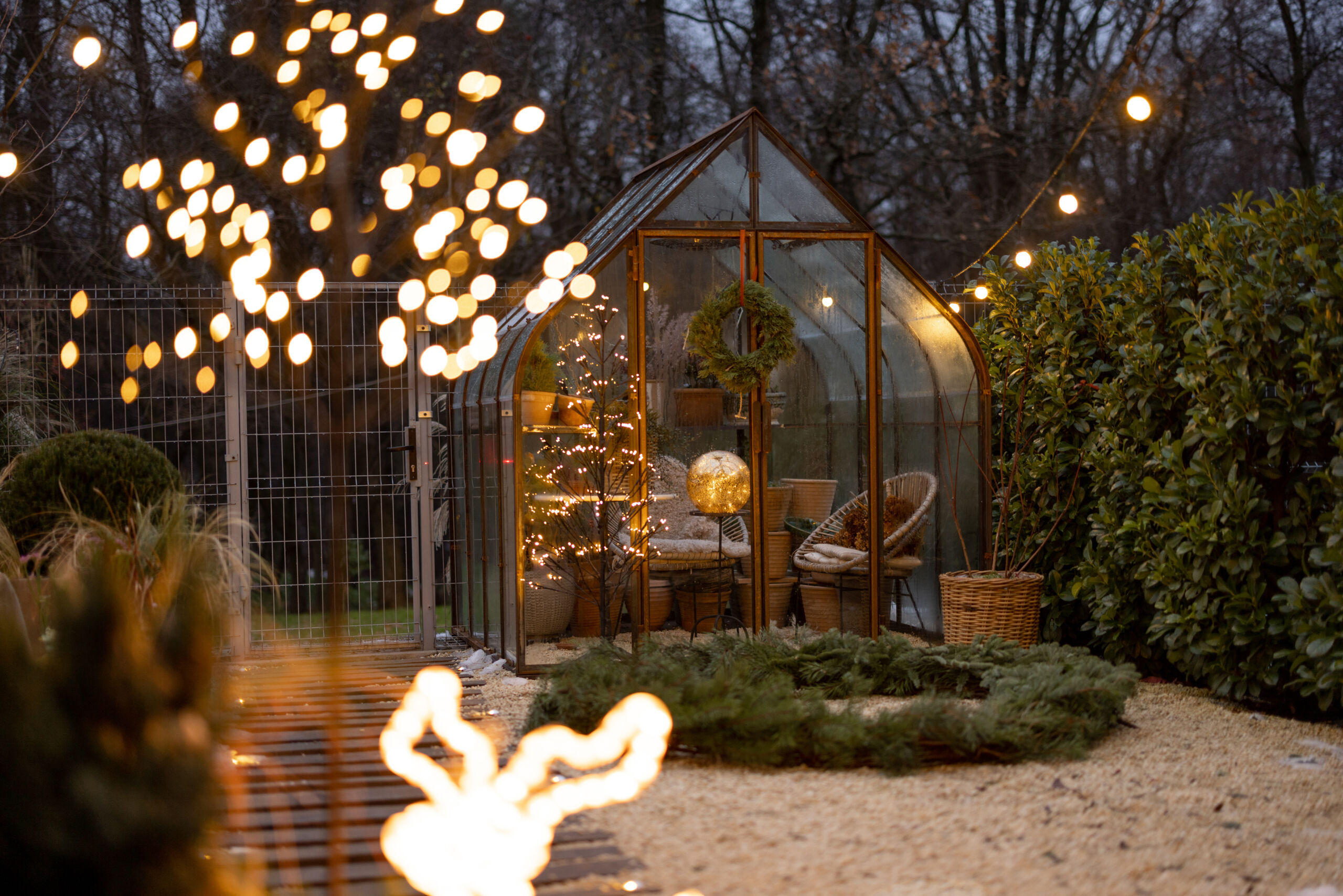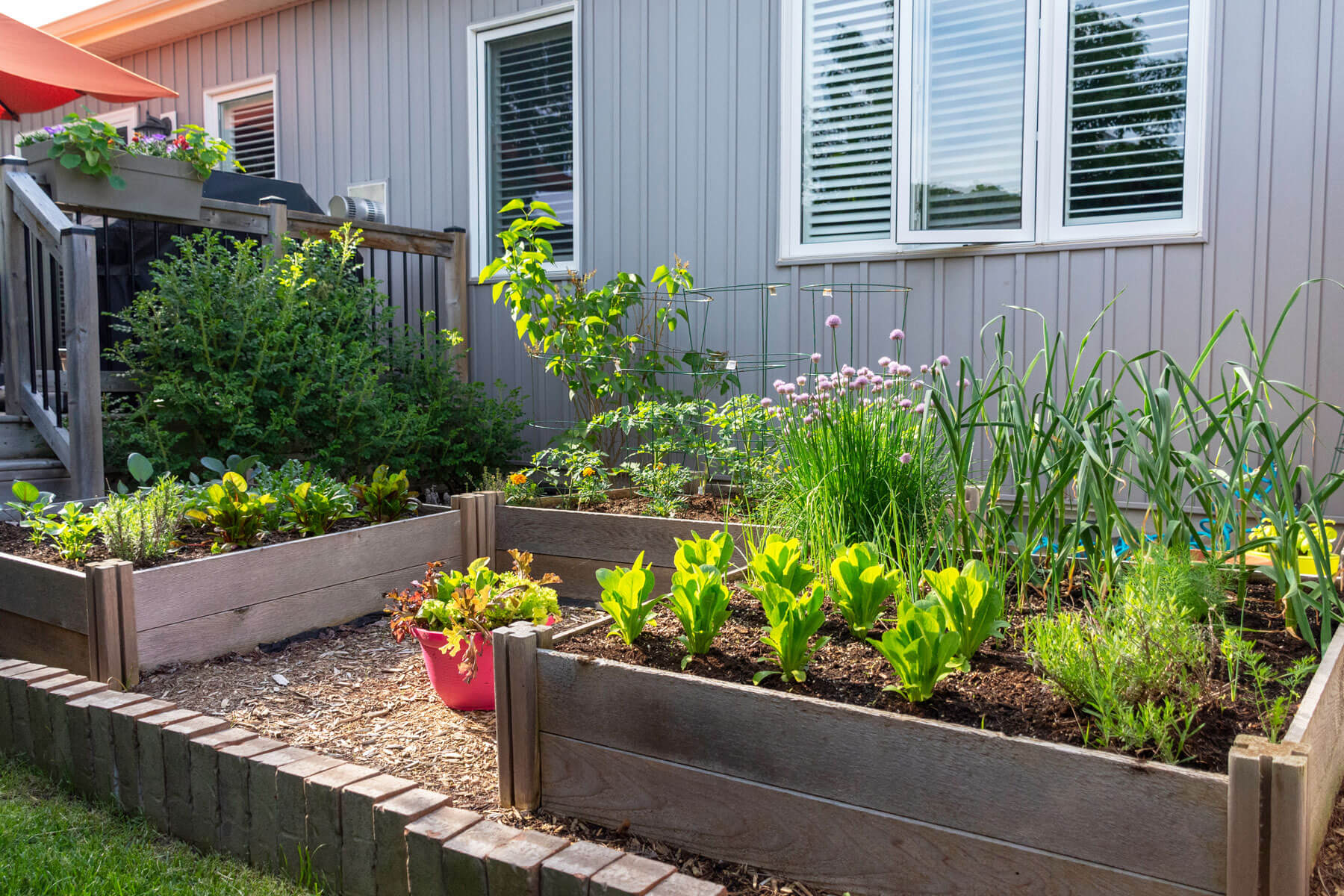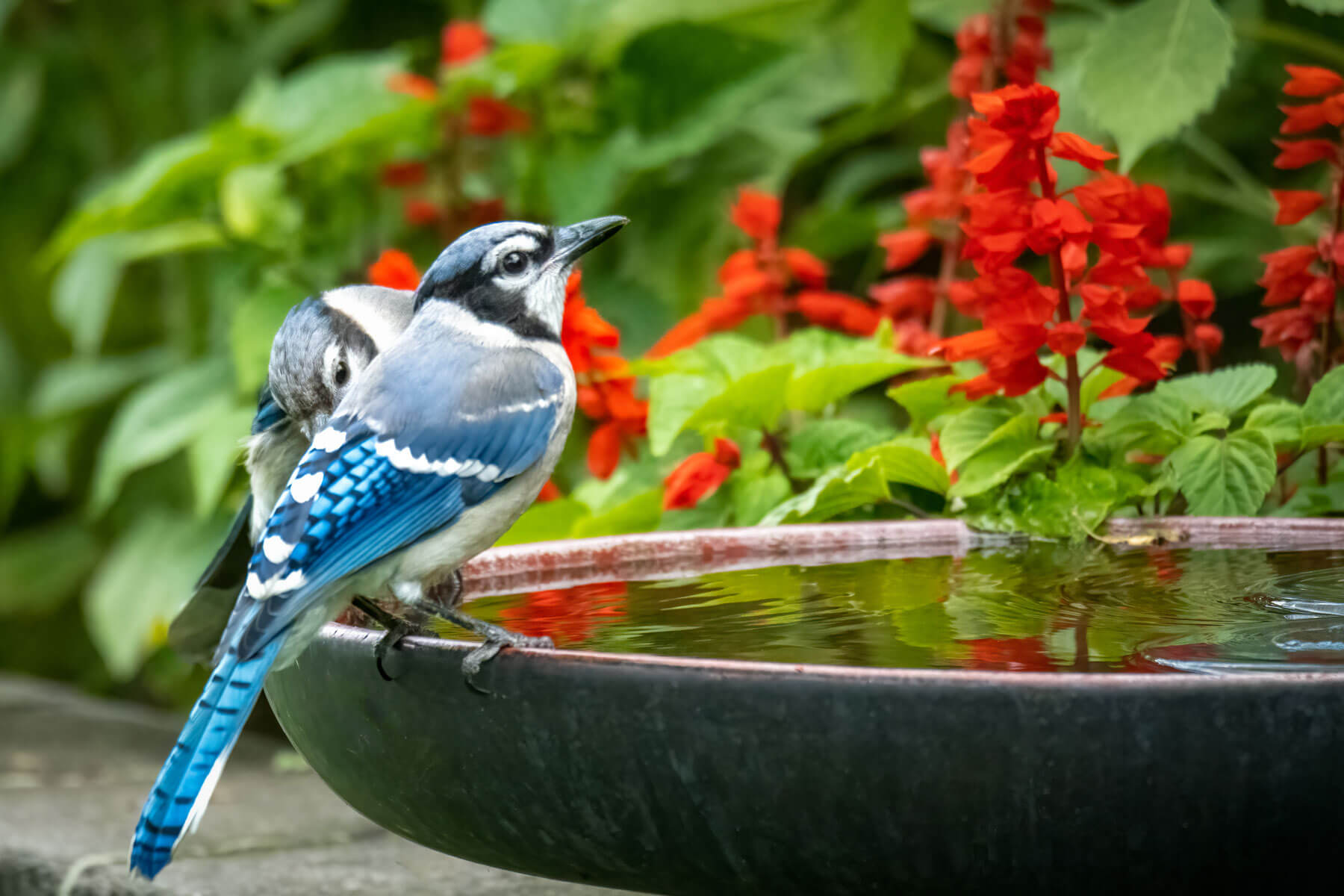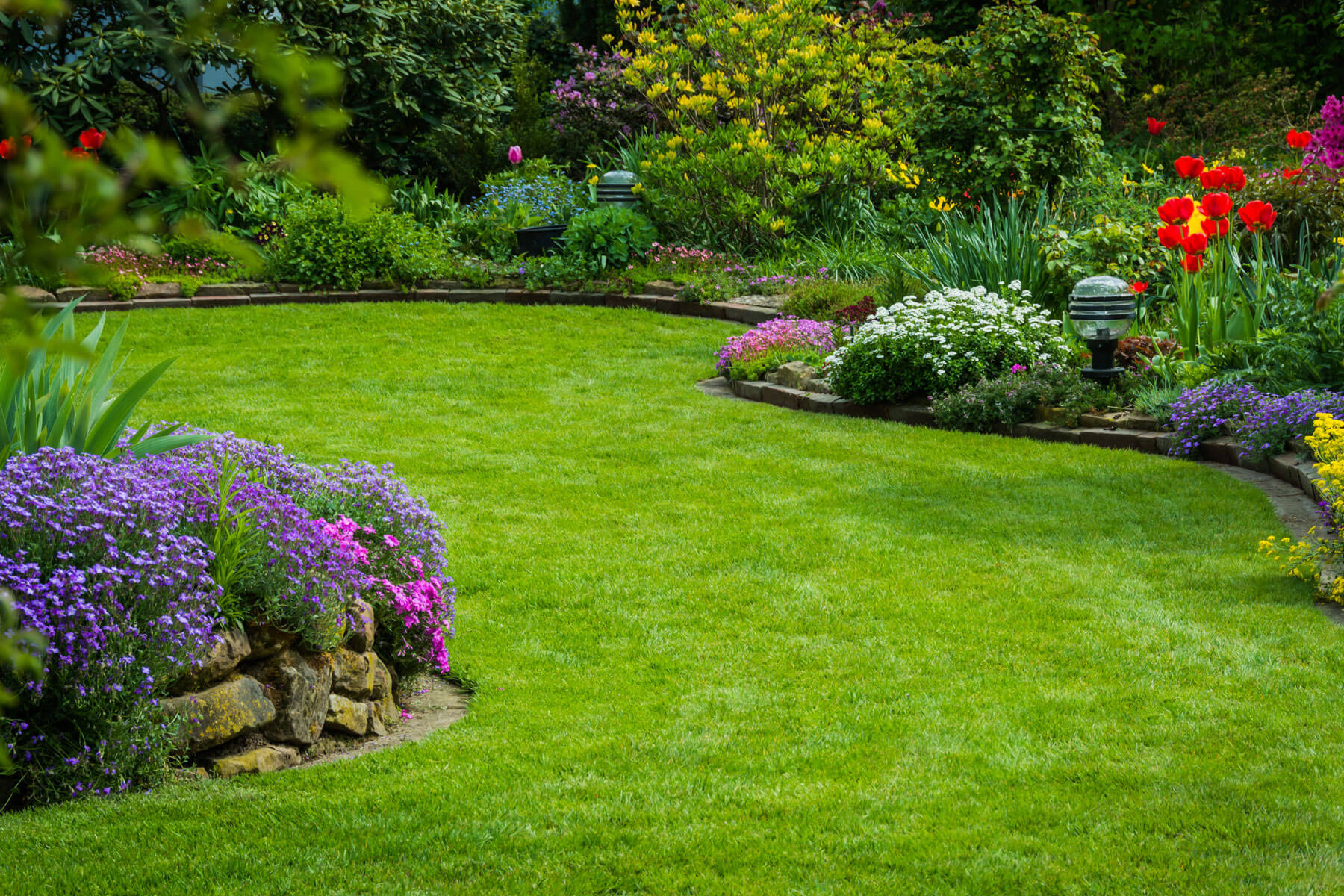How to Create a Landscaping Budget to Help You Stay on Track
Landscaping can be an excellent investment as it can increase your property value. But like any other investment, you need to create a budget to make sure you can afford the work you want done.
So, to help you plan and budget for your dream landscaping projects, here’s a look at the average costs for landscaping, along with tips for setting a landscaping budget, how to save money, and costs that could impact your budget.
Landscaping Costs – How Much Should You Budget?
Landscaping costs can range anywhere between $5,000 to $100,000 or more depending on what the project is and what you are willing to spend. However, most homeowners usually spend around 10% to 25% of their home’s value on landscaping.
While this may seem like a lot, keep in mind that well-planned landscaping will also increase your home’s value by around 10% or higher and is worth the investment in the long run.
Factors That Impact Landscaping Costs
Each landscaping project is unique, so there is no set cost. Instead, a combination of factors is at play when landscapers calculate quotes.
Here are the most common factors that will influence the cost of a landscaping project:
- Project size—the size of the project space, usually in square footage
- Project scope—based on your vision and the features you want
- Site access—how accessible the project site is for contractors, e.g., will it take more time/work to access and work on your landscape?
- The types of materials, plants, and features
- Project location
- Where the materials are sourced from
- Permits
- Labour costs
- Potential delays in shipping materials
- Seasonal changes—the prices of many landscaping materials and services tend to decrease in the off-season due to lower demand for suppliers and landscapers
Tips for Setting A Budget
When setting a budget for your landscaping project, come up with an amount that you are willing to spend. Also, create an itemized list of all the features and materials you want to include, and share this list with your landscape designer to get a quote for the project costs. You may need to adjust your project accordingly.
Create a List of Wants & Needs
Take a walk around your property, analyze your space, and make a list of priorities—your landscaping needs—along with features you want but aren’t necessarily a priority.
Keep in mind that the list of needs should include features that ensure the safety and security of people, pets, and property—e.g., removing hazards.
You and your landscape designer will focus on your landscaping needs while figuring out how to include the wants within your budget as well.
Be Realistic
When determining how much you want to spend on landscaping, make sure that it is a realistic figure that you can actually afford. And be practical when deciding on your wants and needs.
While having a built-in fire pit and swimming pool would be nice, make sure you can afford the high-cost additions when drawing up your budget.
Consider Your Return on Investment
Well-designed, quality landscaping will add value to your home both now, and in the future. And ideally, what you put in will pay off when you are ready to sell.
Discuss having a positive return on investment (ROI) with your landscape designer so you can choose design features that will add value to your property while meeting your current needs and boosting curb appeal if you ever decide to sell your home.
Also, consider how long you’ll live in your home and enjoy the features, plus any long-term maintenance costs. And aside from increasing the financial value of your home, you’ll also want to think about adding features that will add enjoyment value to your landscape.
Be Flexible with Your Budget
Leave extra room in your budget so you aren’t confined to a strict budget that could result in a less-than-desired landscape.
Remember that some materials will cost more than others. So, if you have the flexibility in your budget, you won’t have to settle for less when faced with these decisions.
Work with a Landscape Designer
By working closely with a landscape designer, you can ensure you’ll get the landscape of your dreams without going over budget. Landscape designers will know the expected costs associated with construction. And they can give you examples of landscape designs based on your existing landscape and various budgets.
Simply put, experienced landscape designers will know how to work with both your landscape and your budget.
Divide Your Project into Phases
If your dream landscape cannot be achieved all at once due to budgetary restrictions, consider dividing your project into phases.
Your landscape designer can suggest a plan for breaking down the project into phases that suit your budget. And while it might take a bit longer, it will be worth it financially to complete the project in separate stages.
Money Saving Tips
Here are some ideas for saving money on your landscaping project.
Hire During the Off-Season
Since the off-season tends to be slower for landscaping companies, they may be willing to reduce the costs of your project when you contact them during this quiet time. So consider hiring a landscaper in the fall to get your project design underway and ready to start the work come spring.
And keep in mind that the closer you get to the busy landscaping season (spring and summer), the more in demand landscapers become.
Build in Phases
As mentioned before, consider splitting large projects into smaller phases to make your projects more affordable. By doing so, you won’t have to spend as much money all at once, and you can stay within budget.
Talk to Your Landscaper
Your landscaper can help you find creative ways to cut costs while still meeting your landscaping needs. So talk to your landscaper about what you need and want, and ask if there are any ways to save money without sacrificing your vision.
The Value Landscaping Adds to Your Home
Well-designed landscaping increases a home’s perceived value, which can increase the value of your home by 10% to 28%.
On the other hand, landscaping that looks like it wasn’t thoughtfully planned and carried out can detract from the perceived value of a home.
So, no matter your budget, you can increase your home’s value with landscaping as long as it’s well planned and aesthetically pleasing.
Tips for Hiring A Landscaper
Here are some tips for researching and hiring a landscape contractor:
- Ask friends, family, and neighbours for referrals to local landscaping companies
- Search online
- View their online portfolios—photos of completed projects
- Read reviews such as Google reviews and Facebook reviews
- Check if they are insured to cover incidents on your property
- Determine how long they’ve been in business, whether they have an experienced team, if their team works in-house or if they sub-contract their workers
- Narrow down a list of potential candidates
- Book a consultation to get a quote, see what kind of work they can do within your budget, and to get an idea of whether you can see yourself working with them.
- Ask yourself these questions: Do they understand your vision? Did they recommend creative solutions? Are they enthusiastic about working on this project? Do you have a good feeling about them?
Consider these tips for planning your landscaping budget and finding the right landscaper for your wants and needs. Because a professional landscape designer can help you plan the landscape of your dreams and boost your home’s curb appeal while also staying within your budget.

In 2008, following a successful career as a member of the Canadian Alpine Ski Team, Jonathan Robert stepped into the landscaping industry, starting Jonathan Robert Landscapes. In the years since he’s quickly earned a reputation for high-quality work with creative designs and has been recognized in several industry-leading publications. Jonathan’s always got an eye on innovation and is always looking ahead to see what’s on the horizon in the industry. He works hard to stay on top of current guidelines, practices, and regulations. Jonathan is a member of Landscape Ontario, the International Concrete Paving Industry (ICPI), Canadian Nursery Landscape Association (CNLA), and is a Tech-Pro contractor.

